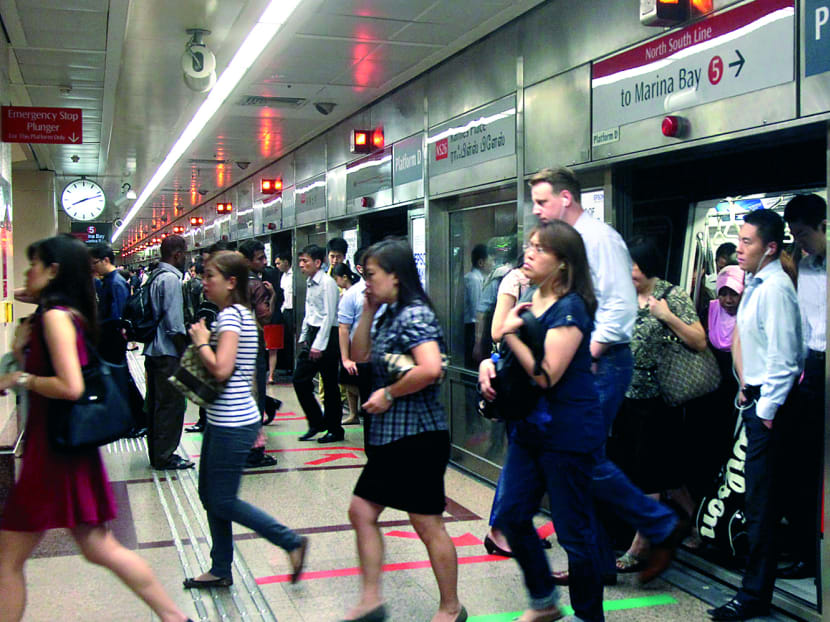MRT system designed to protect commuters in case of fire, smoke: Lui
SINGAPORE — The Mass Rapid Transit (MRT) system in Singapore is designed to protect commuters in case of fire or smoke in tunnels or trains, Transport Minister Lui Tuck Yew said in a Parliamentary reply yesterday (Jan 29).
SINGAPORE — The Mass Rapid Transit (MRT) system in Singapore is designed to protect commuters in case of fire or smoke in tunnels or trains, Transport Minister Lui Tuck Yew said in a Parliamentary reply yesterday (Jan 29).
This was in response to Member of Parliament for Nee Soon GRC Lee Bee Wah’s question on safeguards in place in Singapore’s MRT system, after an incident in Washington where one person died and more than 80 were treated for smoke inhalation after a wiring short-circuit. She also asked if there are rescue procedures in place to evacuated trapped passengers in a similar situation, and whether simulated exercises have been held to test Singapore’s readiness for such eventualities.
Mr Lui said Singapore’s underground MRT stations and tunnels are equipped with smoke extraction and tunnel ventilation fans to expel smoke and supply fresh air in the event of a fire. Trains are also made of materials conformed to “strict safety requirements” such that smoke emission and the level of smoke toxicity are minimised during a fire outbreak, he said.
Mr Lui added that the Land Transport Authority (LTA)’s Code of Practice on Incident Management requires rail operators to have plans to ensure passenger safety. They also need to ensure that their officers are trained to execute these plans promptly and efficiently.
“For instance, in the event of a fire or smoke in the MRT tunnel, the operators will have to alert the Singapore Civil Defence Force (SCDF) immediately and route affected trains to the nearest station, away from the source of the fire or smoke. If passengers have to detrain onto the tracks, the operators are required to activate the tunnel lights and ventilation system to provide a safe evacuation path,” Mr Lui said.
Simulated exercises have also been held to test rail operators’ readiness to handle such emergencies. Mr Lui cited a joint exercise conducted by the LTA in August 2013 to test SBS Transit’s readiness to respond to an incident of smoke in the tunnels of the Northeast Line. He said the learning points were later shared with rail operators to improve their emergency preparedness. CHANNEL NEWSASIA







